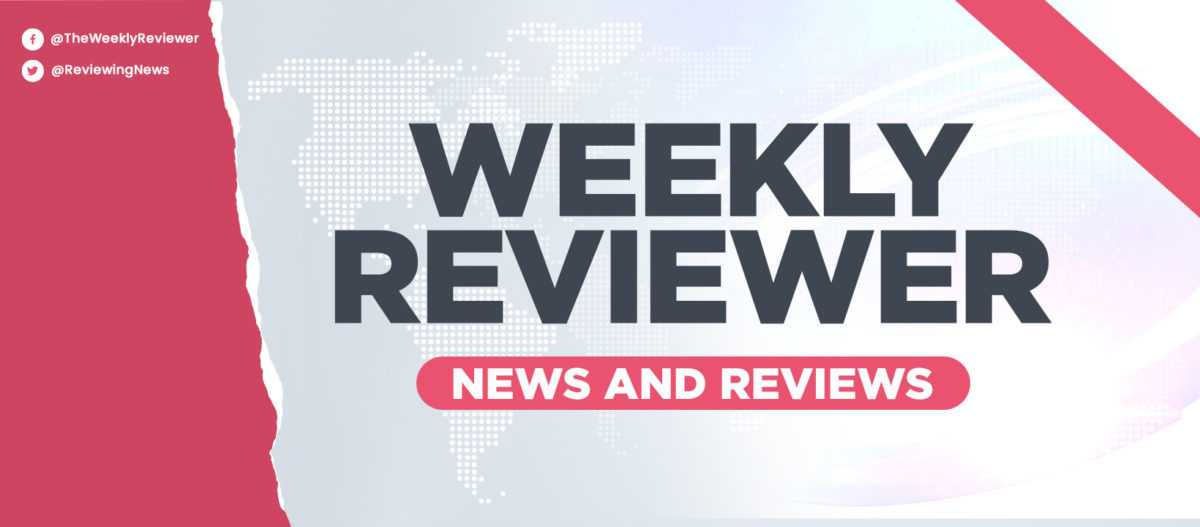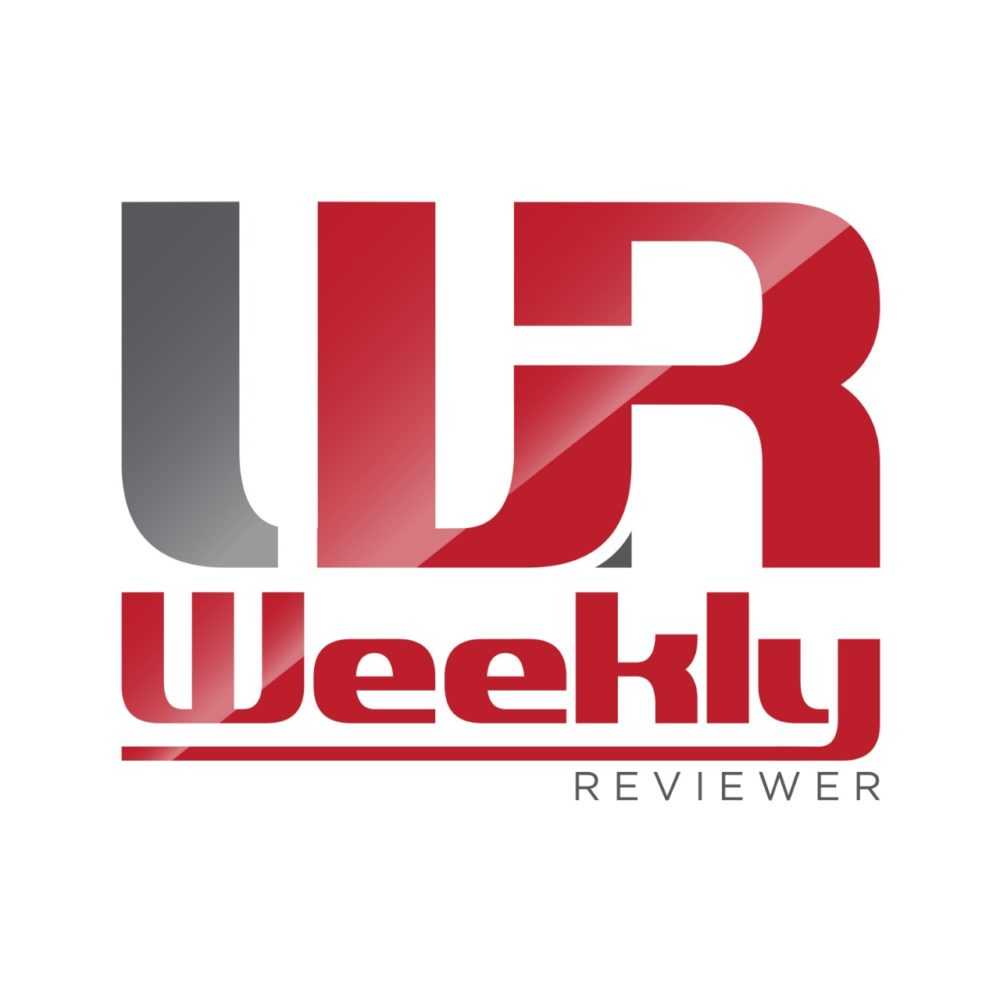The push for a transformative U.S.-India partnership in newborn screening (NBS) sets the stage for a seismic shift in tackling rare diseases, spotlighting the need to prepare for the digital AI revolution in global healthcare. Advocates are rallying to upend the status quo, calling for an ambitious overhaul of NBS programs to bridge the dire diagnostic gap for over 10,000 rare diseases. This clarion call aims to disrupt healthcare inertia, demanding that the two nations leverage their technological might to spawn a groundbreaking model of comprehensive, cost-effective screening that could pivot the future of early disease detection, research, clinical trials, and treatment access on a global scale.
HERDON, Va., April 29, 2024 /PRNewswire-PRWeb/ — A pressing need for a comprehensive approach to newborn screening (NBS) has prompted advocacy for a collaborative effort between the United States and India. With a recent report (1) finding that delayed diagnosis in rare disease can yield costs ranging from $86,000 to $500,000 per year, coupled with the fact that NBS can be the gateway to early diagnosis and improved outcomes for rare diseases, (2) experts suggest that an alliance between the two nations could pioneer advancements in global health. Dr. Harsha Rajasimha, the Founder of the Indo US Organization for Rare Diseases (IndoUSrare) explains the urgent need for better NBS in both the US and India, “Cross-border collaborations between the US and India is good for all patients with rare diseases globally. The early identification of patients with rare diseases, creation of patient registries, and databases, in India and other countries is an urgent need and pre-requisite to engage the rest of the world in research and global clinical trials.”
The Current State of Newborn Screening
While NBS holds the promise of saving lives and significantly improving the quality of life for children with rare diseases, its potential remains largely untapped. The majority of screening programs only target a fraction of the 10,000+ rare diseases known, (3) due to a lack of health policy frameworks that could facilitate broader, more effective NBS integrated with digital platforms. This deficit is particularly acute in low-and-middle income countries (LMICs), where the absence of mandatory NBS has resulted in countless undiagnosed patients.
Demand that Changes are Made
Recognizing these challenges, there is an urgent need for collaboration between the U.S., India, and other countries to leverage scalable high-throughput technologies such as Mass Spectrometry and Genomic technologies for more expansive NBS programs. With almost 30 million new babies being born in India (4) every year and 3.7 million new babies born in the US (5) yearly. Both nations are uniquely positioned to drive progress with existing technological infrastructure and digital AI capabilities. While the U.S. has a universal screening panel to identify babies with about 80 metabolic diseases, India is yet to adopt a nationally mandated NBS program.
Barriers to Expanding Newborn Screening
- Most patients with rare diseases remain undiagnosed and unidentified for a long time, especially, in LMICs where newborn screening isn’t mandated yet.
- Newborn screening programs only screen for a small number of metabolic diseases relative to the 10,000+ rare diseases that are known today.
- Even with the cost of genome sequencing having dropped to well under a thousand dollars, comprehensive screening using exome or whole genome sequencing can still be expensive for low-and-middle-income families to afford it out of pocket.
- NBS tests are not covered by health insurance as the benefit to the babies screened may be hard to quantify.
Proposed solutions to these challenges include:
- Expanding NBS to all newborn babies can help identify all patients with rare diseases and bring them to the attention of the healthcare systems early on.
- Both India and US can utilize genome sequencing technology to identify thousands of genetic diseases in a single test.
- “As we consider opportunities to enhance and modernize our newborn screening system, we must leverage all resources across the globe to benefit our rare disease community,” observed Annie Kennedy, Chief of Policy, Advocacy, & Patient Engagement at the EveryLife Foundation for Rare Diseases. “Sharing learnings from NBS pilots and follow up programs, optimization of clinical care guidelines, and dissemination of updated and comprehensive resources for newly diagnosed families and the providers who care for them are just a few of the ways we can harness collective expertise to benefit both nations.”
- Identification of newborn babies with rare diseases can significantly boost the number of new patients identified with rare diseases. This can help orphan drug development companies and investors to assess the market opportunity on a global scale rather than the usual US, EU, and Japan sequence.
- Comprehensive NBS programs can create unprecedented opportunities to engage patients early, diagnose early, enroll in patient registries, and eventually in clinical trials. This can significantly boost market access potential in LMICs that have historically been left out of the rare revolution that unfolded in the US over forty years ago with the Orphan Drug Act of 1983.
The Potential of U.S.-India Collaboration
A potential collaboration between the U.S. and India should not be viewed as one country aiding the other but as a synergistic relationship to advance human health globally. India has demonstrated success in affordable and scalable innovation during the Pandemic with the Vaccine development, manufacturing, and diagnostic testing. The recent development of CAR-T therapy for Leukemias and B-cell Lymphomas in India at 1/10th the cost of similar treatment in the U.S. is another example of affordable innovation.
Rajasimha makes it clear, “The way to accelerate rare diseases is clear and technologies are mature and available now in both the U.S., and India, but just not being tapped into due to lack of will or supporting public health policies. Fixing this now urgently can dramatically improve the whole equation for rare diseases by bringing millions of undiagnosed patients into the fold.” The U.S. and India need to lead by example in the fight against rare diseases by advancing expanded NBS. Through strategic cooperation, countries can catalyze change that has the potential to transform the early detection, research, and treatment of rare diseases, setting a new benchmark for global healthcare standards.
Speaking Engagements for Dr. Harsha Rajasimha
- World Orphan Drug Congress in Boston last week where Harsha moderated the closing keynote session on AI and rare diseases
- MENA Congress in Abu Dhabi (Dr. Nisha Venugopal, Associate Director of IndoUSrare)
- Outsourcing clinical trials conference in Valley Forge, PA in May where Harsha is speaking on a panel discussion on clinical trials for rare diseases
- BIO conference in San Diego June 2-6.
About the Indo US Organization for Rare Diseases (IndoUSrare):
IndoUSrare is a humanitarian nonprofit 501(c)(3) tax-exempt public charity organization based in the United States. Founder and Executive Chairman Dr. Harsha Rajasimha, who lost a child to a rare disease in 2012, has been a rare disease advocate for more than 10 years. To address the unmet needs of diverse patients with rare diseases globally, the leadership team comprised of experienced professionals from research, advocacy, regulatory, and drug development seeks to build cross-border collaborations connecting stakeholders of rare diseases in low- and middle-income regions such as India, with their counterparts and clinical researchers in the United States to improve the diversity of clinical trial participants, accelerate research and development, and improve equitable access to life-saving therapies to diverse populations of rare disease patients. Visit https://indousrare.org.
References:
1. “You Are Being Redirected…” Everylifefoundation.org, everylifefoundation.org/delayed-diagnosis-study/.
2. Newborn Screening.” NORD (National Organization for Rare Disorders), rarediseases.org/policy-issues/newborn-screening/.
3. “Our Impact on Rare Diseases | National Center for Advancing Translational Sciences.” Ncats.nih.gov, ncats.nih.gov/research/our-impact/our-impact-rare-diseases.
4. “Key Data.” http://www.unicef.org, http://www.unicef.org/india/key-data#:~:text=With%20the%20birth%20of%2025.
5. Bureau, US Census. “Births Now Outpacing Deaths in over Half the States.” Census.gov, 19 Dec. 2023, http://www.census.gov/library/stories/2023/12/state-population-estimates.html#:~:text=Provisional%20NCHS%20data%20from%202022.
Media Inquiries:
Karla Jo Helms
JOTO PR™
727-777-4619
jotopr.com
Media Contact
Karla Jo Helms, JOTO PR™, 727-777-4629, [email protected], jotopr.com
![]() View original content to download multimedia:https://www.prweb.com/releases/newborn-screening-emergency-urgent-call-for-action-to-identify-10-000-undiagnosed-rare-diseases-302130254.html
View original content to download multimedia:https://www.prweb.com/releases/newborn-screening-emergency-urgent-call-for-action-to-identify-10-000-undiagnosed-rare-diseases-302130254.html
SOURCE IndoUSrare


